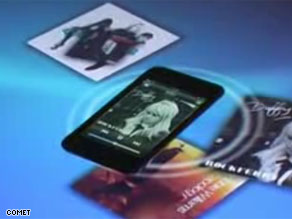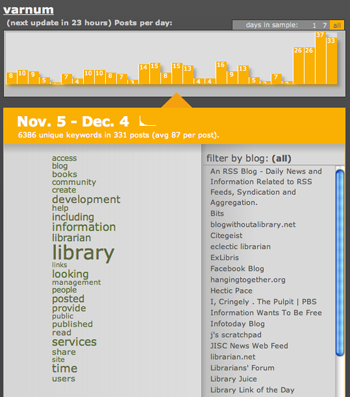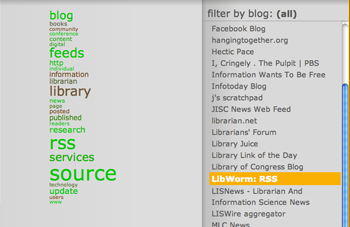FOR IMMEDIATE RELEASE
December 15, 2008
Brandie Baumann, communications coordinator
bcrpress@bcr.org; 800.397.1552
AURORA, COLO — BCR, BiblioLife and Ingram Digital are pleased to announce a new program designed to help libraries improve access to their collections through digitization. BCR’s Shelf2Life program digitizes pre-1923, U.S. published monographs and offers those and other previously digitized materials in both digital and print-on-demand formats. Brenda Bailey-Hainer, President & CEO of BCR, says of the program, “The Shelf2Life program allows us to offer a new service that benefits libraries and cultural heritage institutions as well as the opportunity to be part of an innovative partnership.”
The Shelf2Life program grew from a desire to help libraries and other cultural heritage institutions make their unique collections available in digital format. “The University of Colorado Boulder Library sees this program as an opportunity to bring our hidden collections to researchers, students and general readers regardless of where they are located,” commented James Williams, Dean of Libraries at the University of Colorado, Boulder. “Making these titles available as print-on-demand and as e-books allows delivery to all types of information seekers and provides an invaluable return-on-investment for these types of information resources.”
The program works through close collaboration between the libraries, BCR, BiblioLife and Ingram Digital. Participating libraries work with BCR to identify materials to digitize or supply files of previously digitized titles. BCR uses its new imaging center to scan the books utilizing custom software developed by BiblioLife. BiblioLife then post-processes each title assuring a quality digital book. BiblioLife delivers the e-book to Ingram Digital who adds the title to its MyiLibrary platform. Titles may also be delivered to Lightning Source so that the book can be offered as a print-on-demand title. Rich Rosy, Vice President and General Manager of Ingram Digital’s Institutional Solutions, says, "With Ingram Digital providing virtually unlimited access to digital content, students will have the ability to access content that has been previously unavailable. It's very rewarding to be able to work with BiblioLife and BCR on the Shelf2Life program to create a real win for everyone, especially libraries. That's why we're here."
Libraries and other cultural heritage institutions can gain access to these once-hidden collections by subscribing to the collections through the Ingram Digital MyiLibrary platform. Readers who want a print copy of the book can purchase a copy through one of Lightning Source’s participating retail partners. Libraries and bookstores worldwide can also order copies wholesale via Ingram's industry-leading ipage® portal. Mitchell Davis of BiblioLife, says, “Online discovery and print-on-demand give these books a new life that was unthinkable just a few years ago. Over the next five years, we aim to work with BCR and their member libraries to bring back into print over 600,000 unique and currently unavailable works that are an important part of our cultural legacy.”
About BCR
BCR brings libraries together for greater success by expanding their knowledge, reach and power. They offer a broad range of solutions and their hands-on, personal attention to each member enables them to deliver effective and timely solutions that help libraries keep pace with new developments in technology and services. BCR is the nation’s oldest and most established multistate library cooperative. Since 1935, the BCR team has helped libraries learn new skills, reach patrons, increase productivity and save money. BCR (Bibliographical Center for Research) is a 501(c)3 nonprofit headquartered in Aurora, Colorado. For more information, visit www.BCR.org or emailinfo@BCR.org.
About BiblioLife
BiblioLife launched the BiblioLife Network (BLN) in May 2008. BLN is a pragmatic end-to-end ecosystem aimed at addressing the huge challenges facing book preservationists around the world. BiblioLife provides funding to libraries and archives for digitization hardware, software, post-processing, QA and book packaging in a highly scalable and efficient work flow process. In addition to receiving institution wide digital access to their own content, libraries and archives also receive a share of the revenue created from BLN global merchandising and distribution of content they provide for the program. The BLN includes libraries, library networks, archives, subject matter experts, and online communities. For more information visit www.BiblioLife.com or email info@biblilolife.com. BiblioLife is a trade name of BiblioBazaar II, LLC.
About Ingram Digital
Ingram Digital is an Ingram content company. The Ingram content companies provide a broad range of physical and digital services to the book industry, and immediate access to the largest selection of books and book-related products in the industry. The content companies are Ingram Digital, Lightning Source Inc., Ingram Book Company, Ingram International Inc., Ingram Library Services Inc., Coutts Information Services, Ingram Periodicals Inc., Ingram Publisher Services Inc., Spring Arbor Distributors Inc., and Tennessee Book Company LLC. For more information about Ingram Digital, visit the website www.ingramdigital.com.







 The Creative Commons Foundation
The Creative Commons Foundation  According to a new
According to a new 




